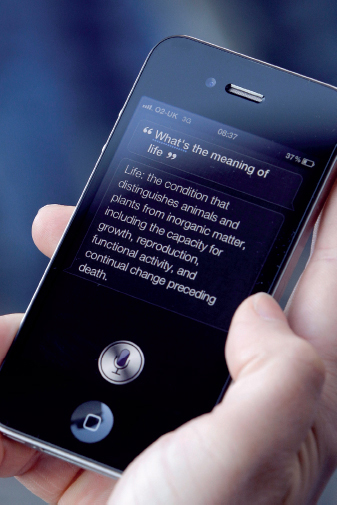The Next Era: The Semantic Web

Many Internet visionaries talk about the next generation of the Internet as the Semantic Web, a term that gained prominence after hypertext inventor Tim Berners-Lee and two coauthors published an influential article in a 2001 issue of Scientific American.21 If “semantics” is the study of meanings, then the Semantic Web is about creating a more meaningful—or more organized—Web. To do that, the future promises a layered, connected database of information that software agents will sift through and process automatically for us. Whereas the search engines of today generate relevant Web pages for us to read, the software of the Semantic Web will make our lives even easier as it places the basic information of the Web into meaningful categories—family, friends, calendars, mutual interests, location—and makes significant connections for us. In the words of Tim Berners-Lee and his colleagues, “The Semantic Web is not a separate Web but an extension of the current one, in which information is given well-defined meaning, better enabling computers and people to work in cooperation.”22
The best example of the Semantic Web is Apple’s voice recognition assistant Siri, first shipped with its iPhone 4S in 2011. Siri uses conversational voice recognition to answer questions, find locations, and interact with various iPhone functionalities such as the calendar, reminders, the weather app, the music player, the Web browser, and the maps function. Some of its searches get directed to Wolfram Alpha, a computational search engine that provides direct answers to questions, rather than the traditional list of links for search results. Other Siri searches draw upon the databases of external services, such as Yelp! for restaurant locations and reviews and StubHub for ticket information. Another popular feature of Siri is the ability of the female voice to answer seemingly random queries, a clever demonstration of the Semantic Web understanding of context. In a 2012 iPhone commercial, actor John Malkovich asks his iPhone, “Joke?” Siri responds, “Two iPhones walk into a bar. I forget the rest.” The travel utility of Microsoft’s Bing search engine, which searches a number of airlines and then estimates when prices will rise or fall, also hints at the possibilities of the Semantic Web.